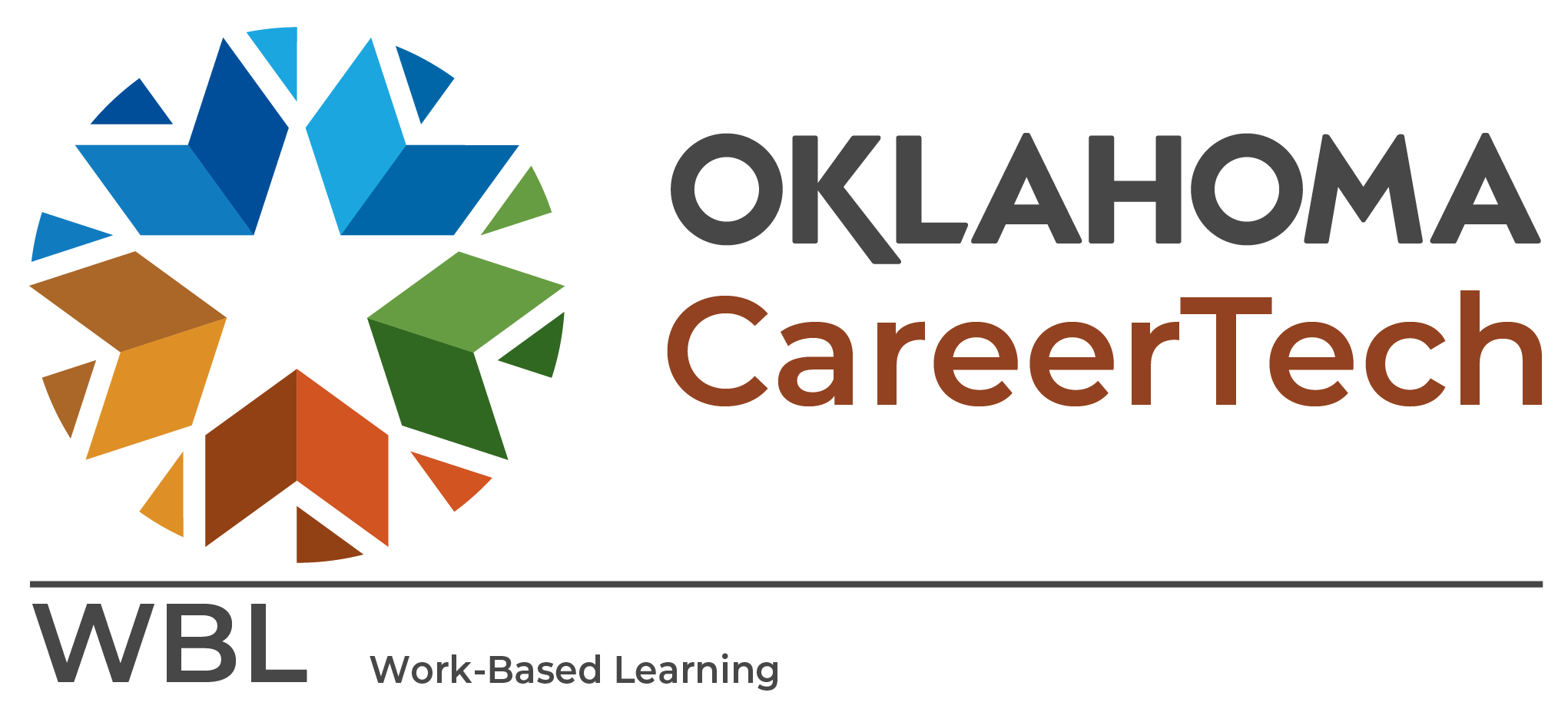Teacher Externships


Overview
What are Teacher Externships?
Teacher externships are work-based learning and professional development opportunities that provide teachers extended exposure to contemporary work environments and the types of careers their students may pursue. They are hands-on learning experiences that help teachers enrich their classroom pedagogy by using real-world applications of the academic content they teach. By having their own WBL experiences, teachers also can become better-equipped to prepare students for WBL activities. Externships involve explicit preparation, reflection during and after the experiences, and completion of specific products, such as lesson plans.
They are hands-on learning experiences that help teachers enrich their classroom pedagogy by using real-world applications of the academic content they teach.
Externships offer teachers opportunities to build personal relationships with employers and the employees who are their colleagues during their externships, and thus enable the participating teachers to become ambassadors for WBL programs. After hosting teacher externships, employers may become more willing to engage in other WBL activities.
While student internships are career preparation activities for students who have yet to enter the workforce, teacher externships are opportunities for experienced professionals to enhance their knowledge and skills in ways that will benefit their students over the long term. Teachers can also benefit the employers who host their externships by bringing fresh perspectives to challenges in the workplace.
Which Teachers Participate in Teacher Externships?
All teachers can benefit from teacher externships, especially those who work with 7th- through 12th-grade students who participate in WBL activities. Externships may also be appropriate opportunities for counselors, career advisors, and other educators who work directly with students. Participation in teacher externships should be voluntary. Depending on the design of the externship program, teachers may earn continuing education or graduate credits. Most are paid at least nominal stipends.
How Are Teacher Externships Structured?
Teacher externships usually take place during the summer, typically for 30 to 40 hours per week for a period of one to eight weeks. As with other WBL activities, the length and structure of teacher externships should reflect local needs and opportunities (e.g., availability of positions, teacher interests, or funding for stipends). Teacher externs typically meet periodically to reflect, share observations, or discuss ideas for how to use their externship experiences to enrich their teaching. Other reflection activities might include blogging, journaling, or writing articles for publication.

The content of each teacher externship should be agreed upon by both the employer and the teacher, with the WBL coordinator or school administrator playing a facilitating role. Teacher externs often work on projects that provide real value to the employers and can be completed in the designated timeframe. Examples of teacher externship projects include: research on operating efficiencies between departments, process redesign, or market research. Alternatively, teachers might rotate through several departments within an organization, perhaps filling in for vacationing employees, to learn about several careers in which their students may be interested. Externships should not be used to fill positions that otherwise would be available to part- or full-time employees.
During their externships, teachers are often expected to develop lesson plans that use real-world work situations to teach academic content. The lesson plans are typically presented to their employer hosts and shared among participating teachers and other district and school staff at the end of the externships.
Teacher externships are usually compensated in the form of stipends. Funding for stipends may be provided by employers, chambers of commerce, economic development agencies, districts or schools, or local philanthropies. Colleges may participate by awarding continuing education or graduate credits. Decisions about stipends and credits need to be made early in the planning process to ensure adequate information is in place for outreach to employers and teachers. Because teacher externships usually take place in the summer, a principal or district staff member will need to be available “on call” to help resolve any problems that may arise.
To learn more about well-established teacher externship programs in three locations across the United States, see the Resources section.

How to Implement a Teacher Externship
Successful teacher externships require collaboration, communication, and preparation by school and district administrators, employer organizations, employers, and colleges. Teacher externships require extensive planning, which should begin early in the school year. As noted in the Introduction, the following steps are involved in implementing a teacher externship program.

- Work with district and/or school administrators, representatives of employers and employer associations, and college representatives to determine the scope and structure of the externship program, including policies that will govern teacher selection, stipends, and academic credit as well as the roles each partner will play.
- Budget for any district or school contribution to extern stipends. Determine funding expectations of employers who host teacher externs.
- Assess teacher interest in externships and identify which industries and employers should be targeted for recruitment as hosts.
- Recruit employers to host externships. Because hosting an externship requires a significant commitment from an employer, this may be a lengthy process.
- Select teacher applicants but allow host employers to interview and select the teachers for externships.
- Facilitate the design of each externship, working with both the teacher and the employer.
- Determine who will monitor implementation of externships during the summer, resolve any problems that arise, and provide logistical support as needed. (Note: Existing externship programs have found that having an administrator “on call” is all they need and that the need to call on that person seldom, if ever, arises.)
- Provide structured opportunities for teachers to reflect.
- Obtain evaluations from teachers and employers.
- Recognize participating teachers, employers, employees, and college partners.
Due to the complexity of planning and implementing teacher externships, the WBL coordinator would be well-advised to start on a very small scale. Once a track record has been built and the challenging issues resolved, expansion can go forward with greater confidence. The following pages provide a more detailed description of the implementation steps listed above, presented in the form of a timeline, which can be condensed or stretched out based on local circumstances.

Suggested Implementation Timeline
Note: Throughout this manual, the term WBL coordinator (typically, a district or school staff member) is used to refer to the individual responsible for supporting the planning and implementation of WBL activities. In the case of teacher externships, many of the responsibilities should be assumed by school administrators and teachers. The WBL coordinator’s responsibilities should include employer recruitment, maintaining the WBL database, and providing logistical support.

The WBL coordinator should refer to the overall WBL plan (see Introduction), if there is one, to ensure that implementation of teacher externships for teachers from specific schools and employers is coordinated with other WBL activities planned for the same schools or employers. Both the employers and the school staff will appreciate it if the WBL coordinator initiates contact for teacher externships in that larger context. The WBL coordinator should be careful in communicating with employers to avoid confusion if recruitment for student internships and teacher externships is occurring in the same time frame.
The WBL coordinator is assumed to be the person responsible for completing or assigning the tasks listed below, except where otherwise noted.
At or before the beginning of the school year
- Convene the appropriate stakeholders (e.g., district and/or school administrators, representatives of employers and/or employer associations, and college representatives) to design the externship program for the following summer, determine the policies that should govern its implementation, and define the roles that each stakeholder should play. Some of the basic policy choices are summarized in the table below.
| Number of externships (goal) | Factors may include:
|
| Budget considerations |
|
| Criteria and process for selecting teachers | Possible criteria include:
|
| Will teachers earn credit? |
|
| Employer recruitment |
|
| Scheduling |
|
| Work and learning plan for externships |
|
| Supervision expectations |
|
| Teacher responsibilities and deliverables |
|
- Complete the process of making the policy decisions noted above, assigning roles, and securing necessary funding before starting to recruit teachers and employers.
Six months before the externships
- Assess teacher interest in externships and identify which industries or employers are of greatest interest.
- Review employer outreach section of the Introduction and begin targeted employer recruitment. Sample recruitment emails are provided in the Resources section, as is a form to use to confirm employer participation.
- Work with employers interested in hosting externships to identify the work the extern will be expected to complete and define what they would look for in a teacher candidate. The employer checklist in the Resources section can be used for this task.
- Determine whether teachers will need to provide personal information to gain access to the facility or site.
- Principals or WBL coordinator: Conduct initial teacher application and selection process, designating more finalists than there are anticipated slots so that employers can interview pre-qualified candidates and make their final selections. A sample application is provided in the Resources section.
Four to three months before the externships
- When employers and teachers are ready, have teacher candidates who meet the employers’ specifications send introductory notes to the employer hosts with their resumes. Allow employers to select which candidates they would like to interview.
- Continue outreach to employers and extern selection process, as needed, until recruitment goals are met.
- Teachers: Make appointments for interviews.
- Employers: Select teacher externs.
Three to two months before the externships
- Facilitate meetings between teachers and their workplace supervisors to develop work and learning plans for the externships and define deliverables that will be expected. If credits are to be offered, college representatives should review the plans to ensure that they meet the criteria for awarding credit. (Note: These meetings could take place closer to the time of the externship if the employer needs more time to determine what its needs are. However, teachers need to know whether and when they will be participating in externships so they can plan for their summer breaks.)

- Facilitate meeting(s) between college representatives and teachers who may be seeking credit for their externships to determine the role of the college in overseeing an externship, defining what deliverables will be required, and the procedure for paying fees. (Unless the district or school has planned and budgeted for these fees, the teachers may be responsible for paying them.)
Two months before the externships
- Touch base with teachers and workplace supervisors to review and reconfirm the work and learning plans and make sure everyone knows what is expected of them.
- Confirm that any needed teacher identification information has been provided to the employer and teachers have been approved for site access.
- Principals and teachers: Agree on deliverables for reflection activities and lesson plans to be produced during and after externships.
- Teachers: Decide among themselves when, where, and how frequently they will meet as a group for reflection during their externships.
- Principals, other administrators, or WBL coordinator: Work with employers, teachers, and college representatives (if engaged) to develop plans for progress reports and submission of deliverables.
One month before the externships
- Touch base with teachers and host employers to reconfirm plans and expectations.
- Make sure that procedures are in place for documenting hours worked, stipend payments, progress reports, reflection meetings, and deliverables.
- Teachers: Touch base with college representatives, if seeking credit for externships, to make sure that criteria, procedures, and fees for awarding credit are clearly understood.
One week before the externships
- Send reminder to teachers and workplace supervisors with all contact information, including the “on-call” district or school administrator, so any problems that arise can be addressed promptly.
During the externships
- Teachers: Convene reflection meetings at the intervals previously designated. These are opportunities to share externship experiences, get ideas for resolving on-the-job challenges, report progress on work and learning plans, and try out lesson plan ideas for applying their externship experiences to classroom teaching. These meetings might also be occasions for presentations by employers about industry trends, workplace skills, training programs, or other topics that may be useful and interesting to teachers and their students.
One day to one week after the externships
- Send email to employer hosts and workplace supervisors to thank them for providing teacher externship opportunities and ask them to complete evaluation forms. Send emails to teachers asking them to complete evaluation forms as well. Samples of both are provided in the Resources section.
- Teachers: Send thank-you emails to host employers and the employees who supervised them directly.
- College representatives: Meet with teachers to review their documentation and deliverables for earning credit. Touch base with employers if additional information is needed from them.
At the beginning of the school year
- Schedule time for teacher externs to share their new lesson plans and externship experiences with colleagues at their schools and across the district.
- Collect and review employer and teacher evaluations.
- Follow up with employers and teachers regarding concerns or comments, as needed.
- Consider holding a closing event where teachers present their externship accomplishments and employers share their views.

Resources
Note: These forms can be printed with expanded space for written responses or adapted in other ways.
WBL coordinator:
Employer:
Teacher:
Copyright © 2020 CareerTech



